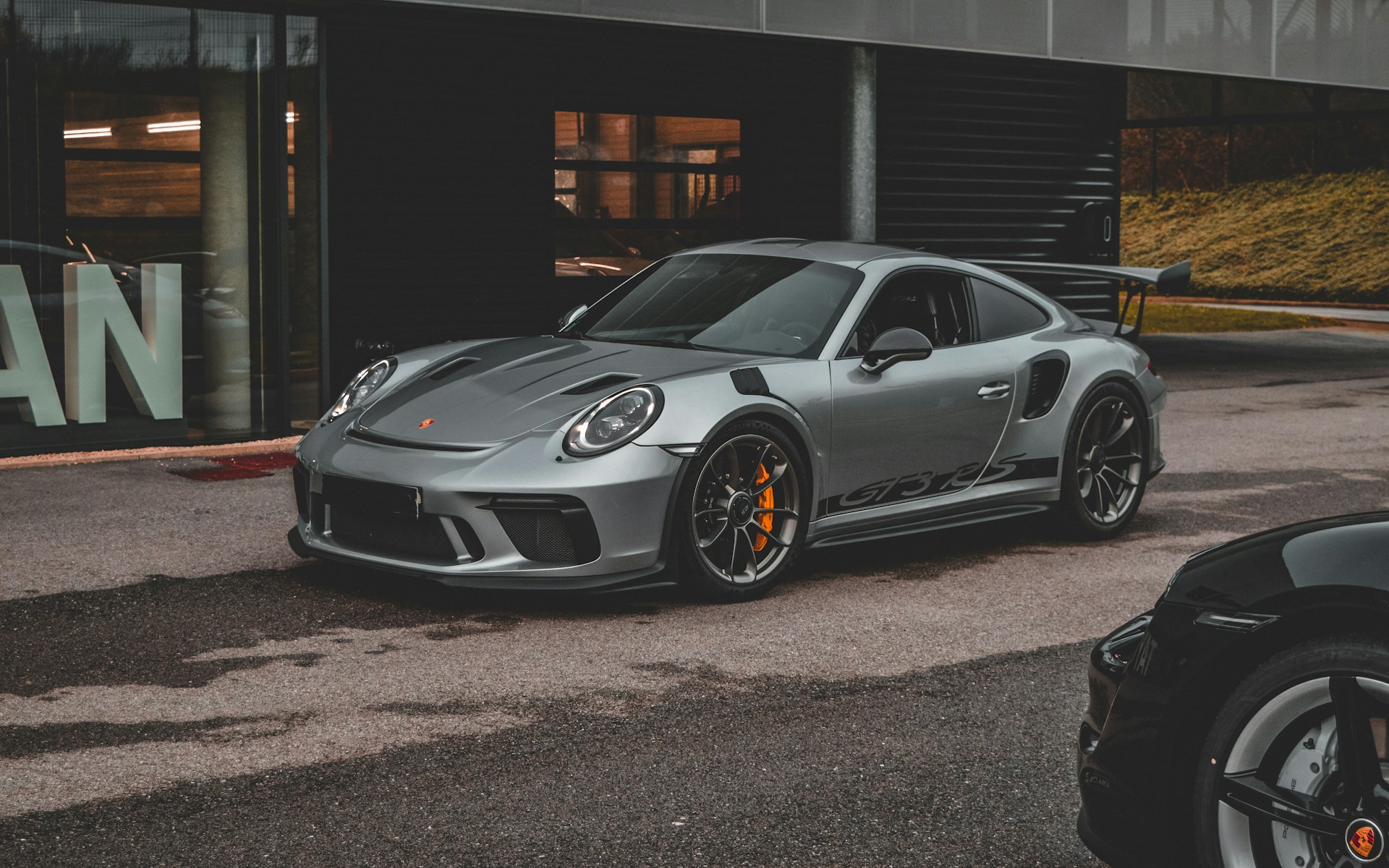Porsche’s decision to introduce hybrid technology to its legendary 911 model was met with scepticism, sparking concerns over excessive weight and a shift away from the car’s purist appeal. However, as the latest 992.2-generation 911 GTS demonstrates, these fears were largely unfounded. The new model, while incorporating electrification, has managed to avoid becoming a cumbersome hybrid heavyweight. Weighing in at a respectable 1,595kg, it remains true to the brand’s performance-driven philosophy. But does the addition of hybrid technology enhance or dilute the GTS’s status as the ultimate sweet spot in the 911 range?
The Evolution of the 911 GTS
The latest facelift of the 911, internally referred to as the 992.2, brings several key updates across the range. Having tested the GTS, Carrera, and Carrera T on both road and track, both in the UK and abroad, we take a closer look at what the changes mean for one of the world’s most revered sports cars.
The standout update is the introduction of a newly developed 3.6-litre flat-six engine, which replaces the 3.0-litre twin-turbo unit that previously powered the Carrera and GTS models. Despite the increase in displacement, the engine retains the same length-to-stroke ratio, preserving the characteristic high-revving nature Porsche enthusiasts have come to love.
However, it’s not just the internal combustion engine that has evolved. A new high-voltage 400V electrical system has been integrated, eliminating the need for a traditional belt-driven air conditioning compressor and a separate starter motor. Instead, an additional drive motor manages these functions, while the freed-up space accommodates inverters and power converters.
On its own, the engine produces 478bhp and 420lb ft of torque, but the hybrid component takes performance even further.
Hybrid Performance with a Difference
The hybrid system in the GTS is unlike the conventional plug-in hybrids found in other high-performance vehicles. Instead of a large battery pack and electric-only driving mode, Porsche has opted for a more compact 1.9kWh battery housed under the front boot. This powers a permanent magnet synchronous electric motor, which has now been integrated into the eight-speed dual-clutch automatic gearbox (PDK).
This motor contributes an additional 54bhp and 111lb ft of torque, bringing the total output to 534bhp and 450lb ft. The hybrid assist also extends to a new single, larger turbocharger, which benefits from an electric motor to reduce lag and maintain boost pressure when off-throttle.
While this innovative approach ensures rapid response and seamless power delivery, it does come at a cost—the manual gearbox option has been dropped from the GTS due to the integration of the hybrid system into the PDK.
Driving Experience: Evolution or Compromise?
In terms of handling, the 911 remains as composed and engaging as ever. Rear-wheel steering now comes as standard on the GTS, providing enhanced agility, while Porsche’s roll-stabilisation system (PDCC) is available as an optional extra, powered by the upgraded 400V system.
Despite the added weight of the hybrid components—Porsche estimates an increase of around 50kg—the car retains its signature balance and poise. The RWD GTS Coupé tips the scales at 1,595kg, while the Targa 4 GTS, with its additional chassis reinforcements and four-wheel drive system, reaches 1,745kg.
While still lighter than many rivals, including the Aston Martin Vantage, the increase in mass is noticeable on the track. The added weight slightly dulls the car’s sharpness in high-speed cornering, though on the road, the hybrid system’s immediate torque delivery more than compensates.
Practicality and Design
Visually, the facelifted 911 remains unmistakably Porsche. The wide-body stance, once reserved for higher-end models, is now standard across the range, lending even the base Carrera a more aggressive road presence. However, the added width may be a concern for those navigating tight UK streets and car parks.
The interior, while still driver-focused, has moved further into the digital age. A fully digital instrument cluster replaces traditional analogue dials, which may divide opinion among purists. While the layout is intuitive and well executed, some of the previous generation’s tactile feedback has been sacrificed in favour of modernisation.
One notable change is that rear seats are now a no-cost option. Buyers who prefer a two-seater experience can opt to remove them, potentially saving a few kilograms in weight.
Verdict: A Worthy Successor?
The introduction of hybrid technology to the Porsche 911 was always going to be a controversial move, but the GTS proves that electrification doesn’t have to compromise driving purity. The performance gains from the hybrid system are undeniable, and Porsche’s innovative approach ensures that weight remains within a reasonable margin.
That being said, whether the additional complexity and slight weight increase are justified remains a matter of perspective. On the road, the GTS is an exceptional machine, offering everyday usability alongside breathtaking performance. On the track, the added mass can occasionally be felt, raising the question of whether the hybridisation was strictly necessary.
For those seeking the ultimate blend of usability and performance within the 911 range, the GTS still stands as one of the best options available. However, for purists who value simplicity and the connection of a manual gearbox, the Carrera T might now be the more compelling choice.
Pros:
-
Immediate acceleration and response from the hybrid-assisted engine
-
Balanced and engaging handling
-
Retains everyday usability despite increased performance
-
Digital instruments enhance modernity
Cons:
-
Added weight slightly dampens on-track agility
-
No manual gearbox option for the GTS
-
Increased width may not suit all drivers
-
Interior has lost some of its analogue charm
While the hybrid-assisted GTS marks a significant shift for the 911, Porsche has successfully preserved the essence of its iconic sports car. It remains an exhilarating machine that blends innovation with heritage, even as the automotive world moves towards an electrified future.
